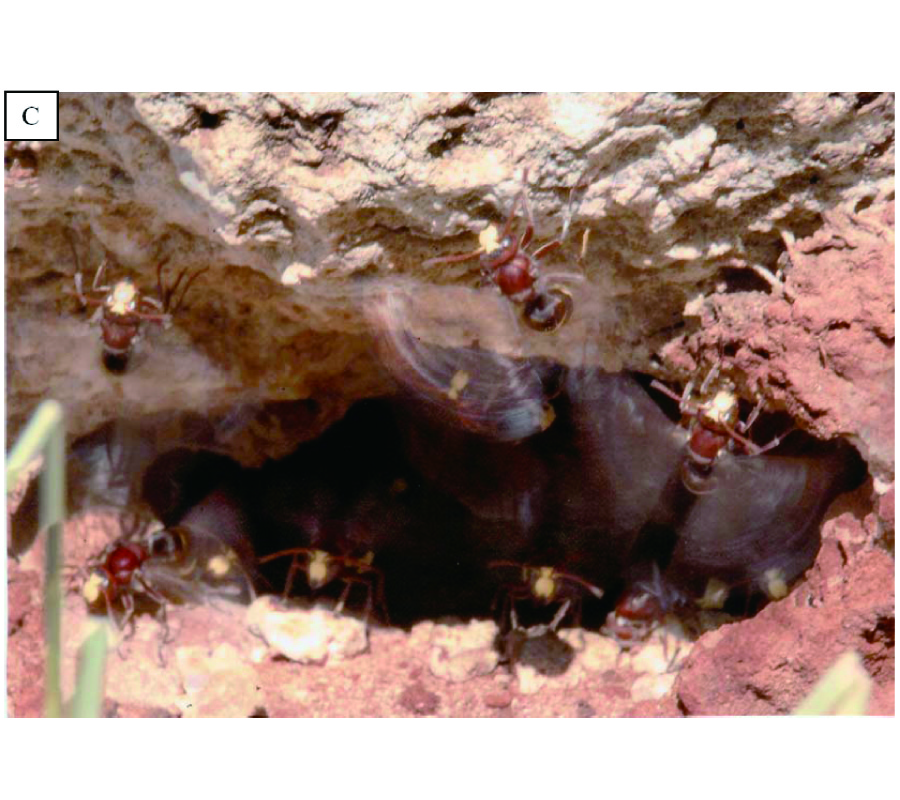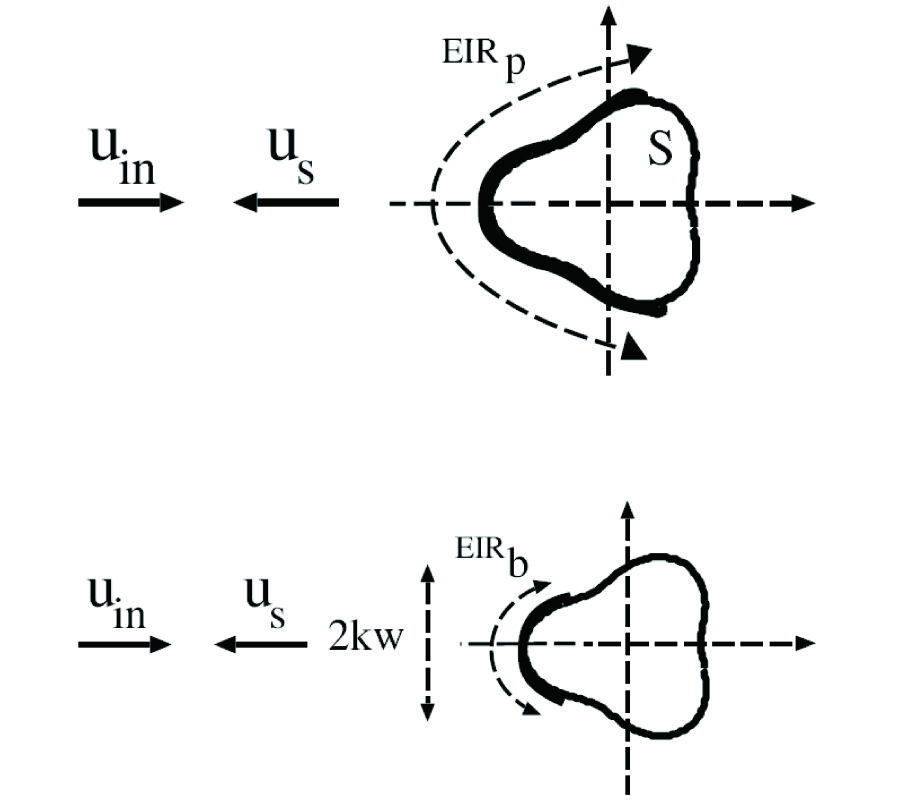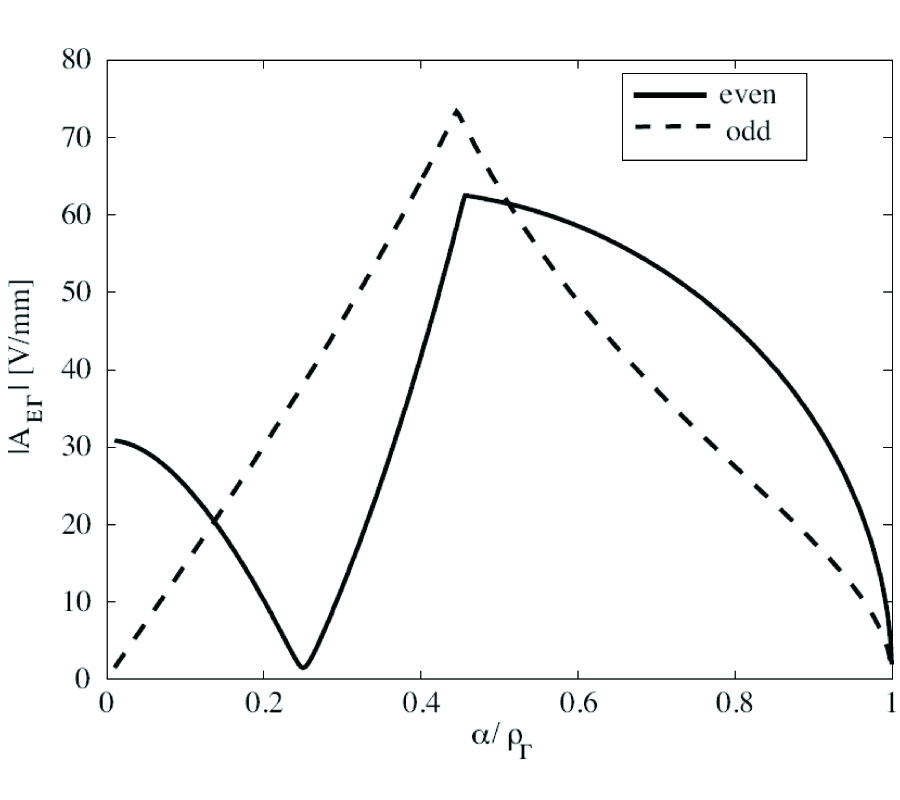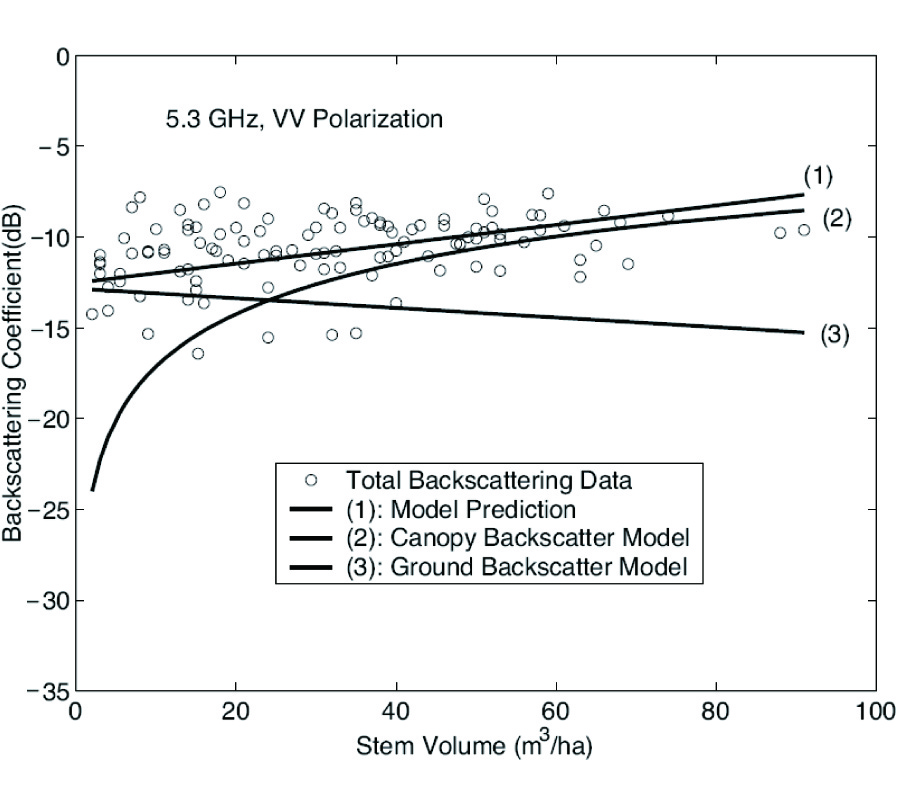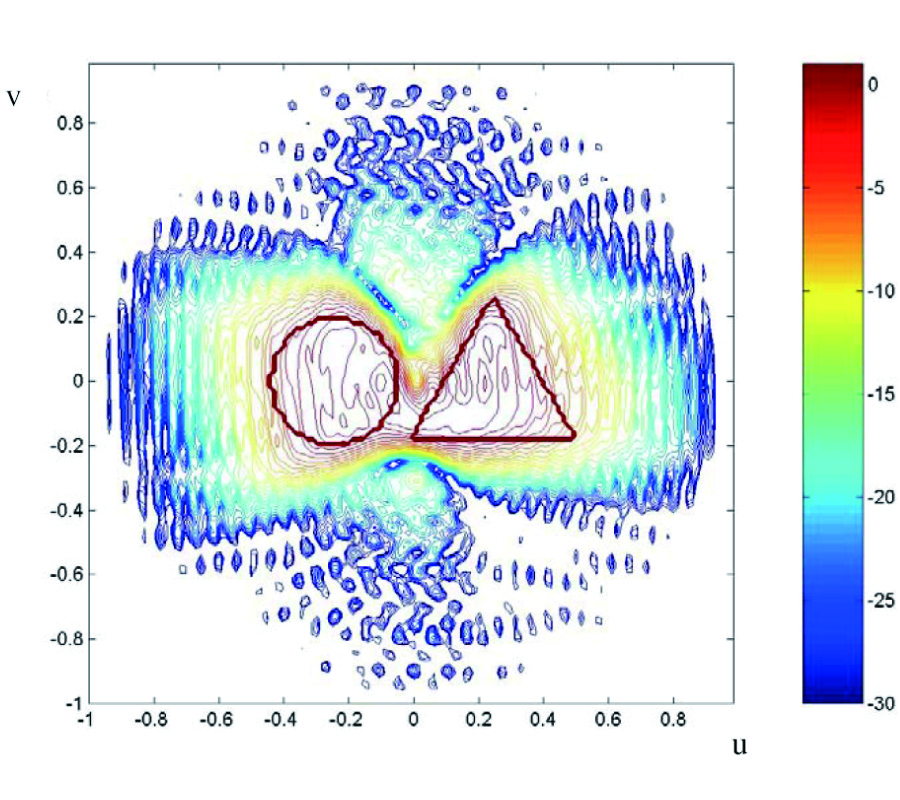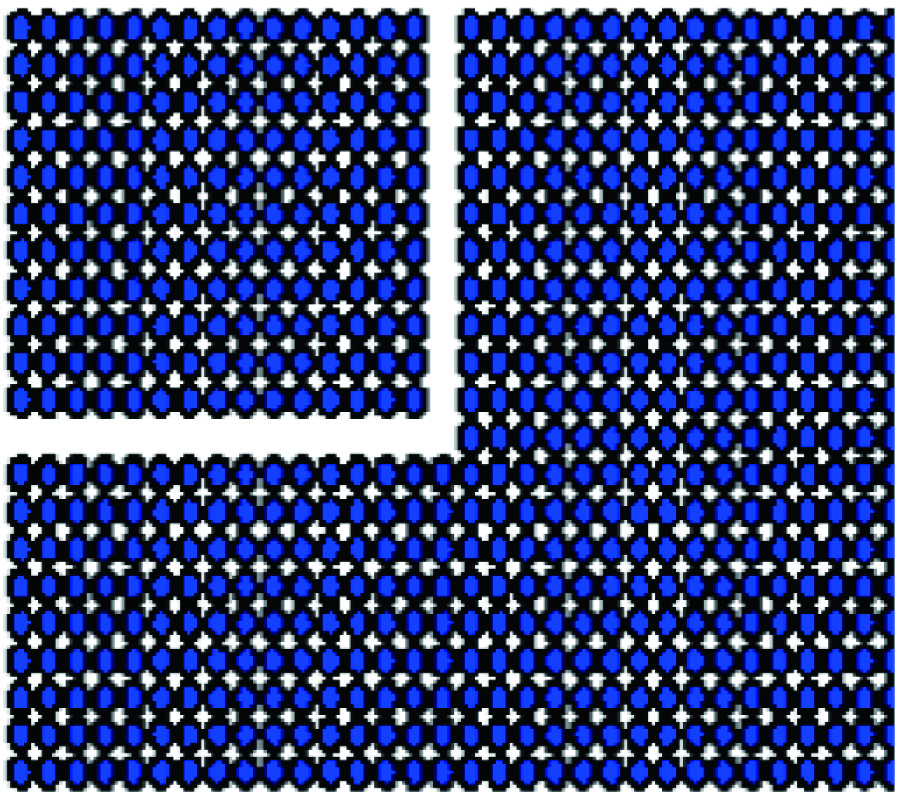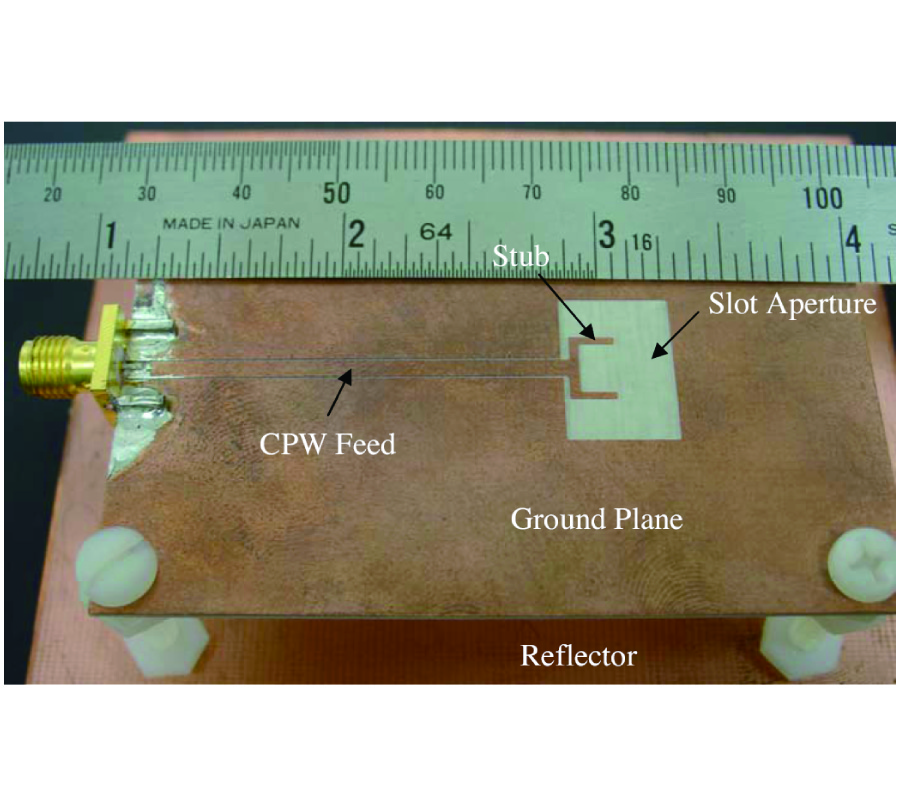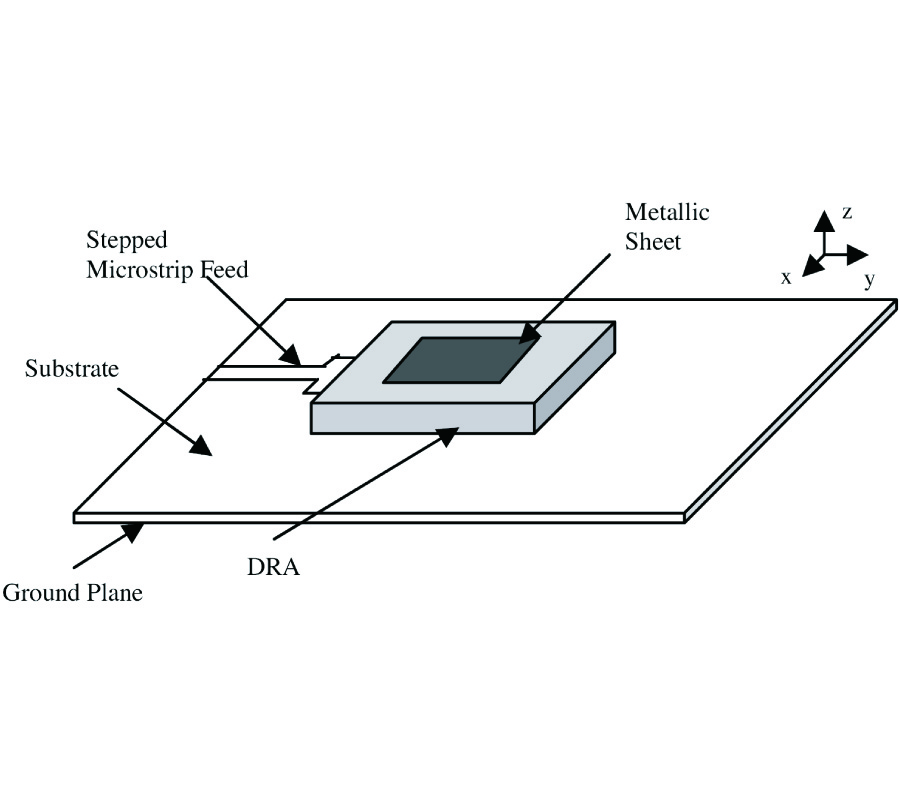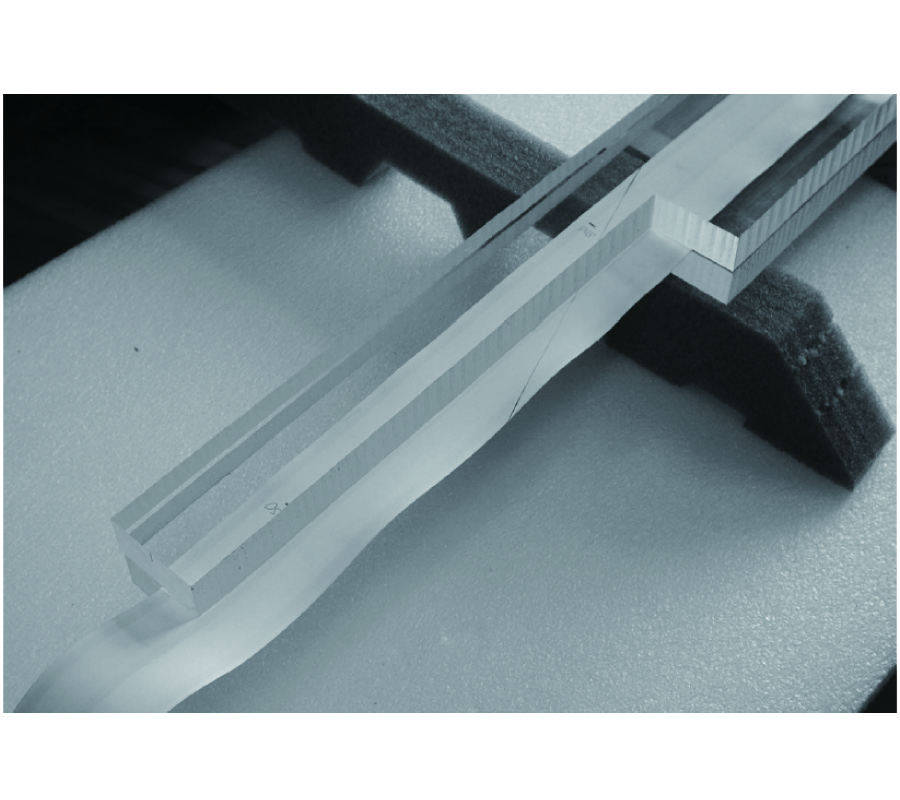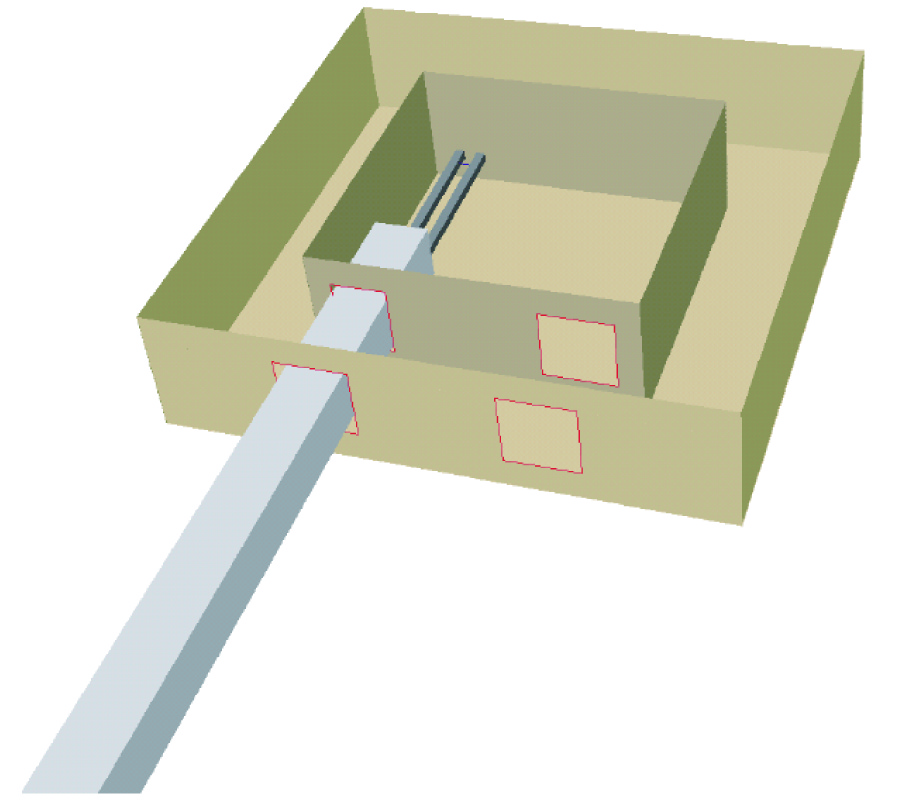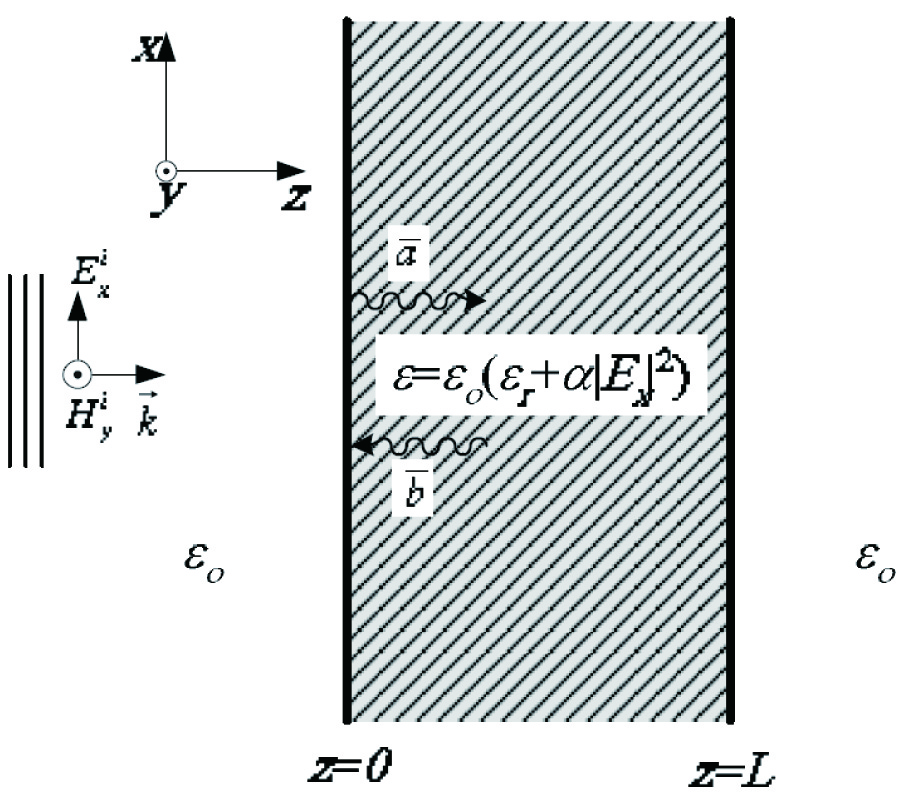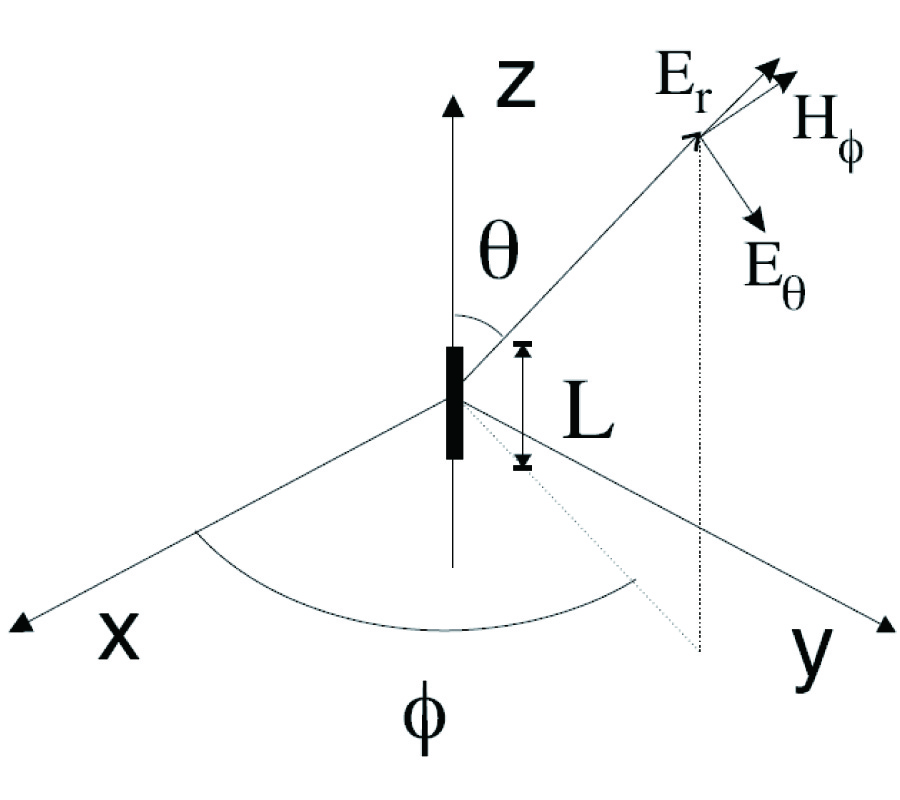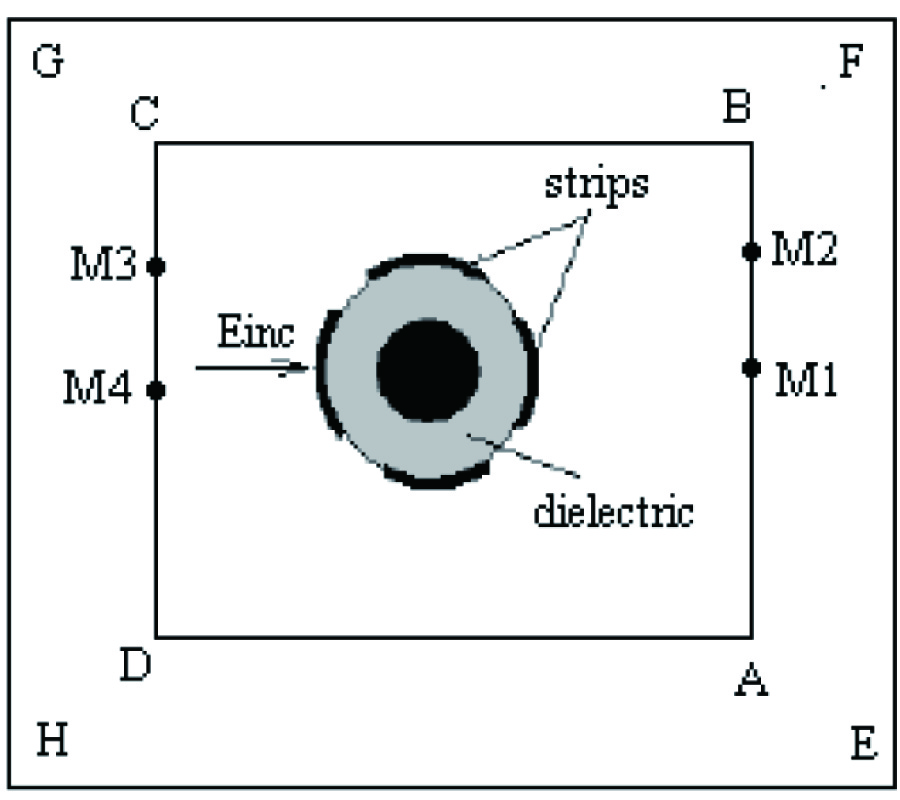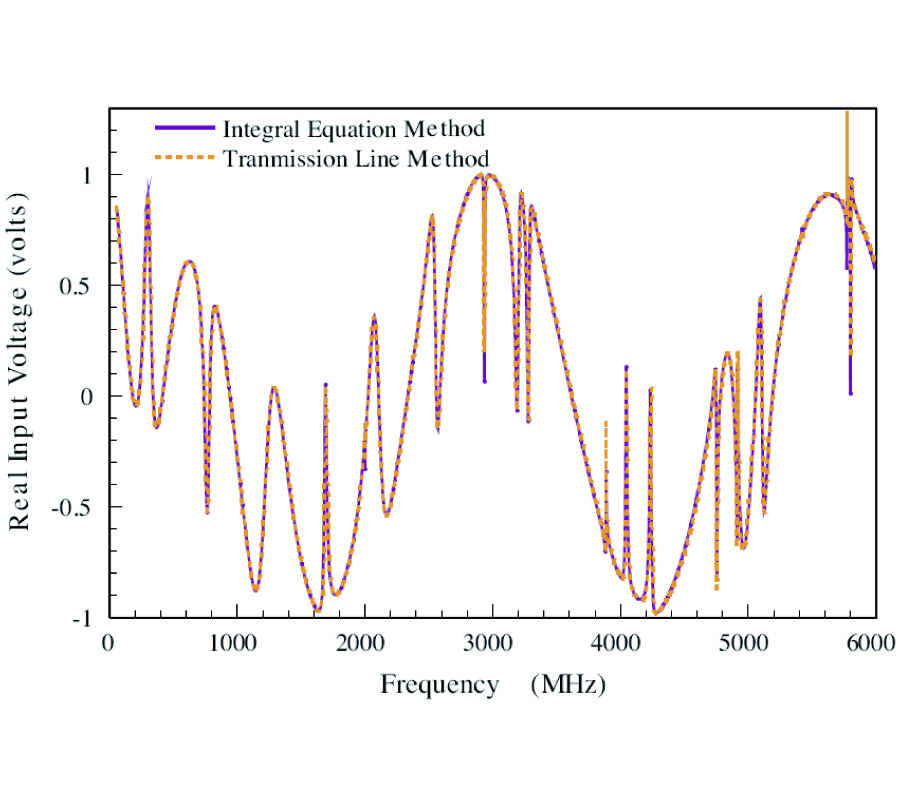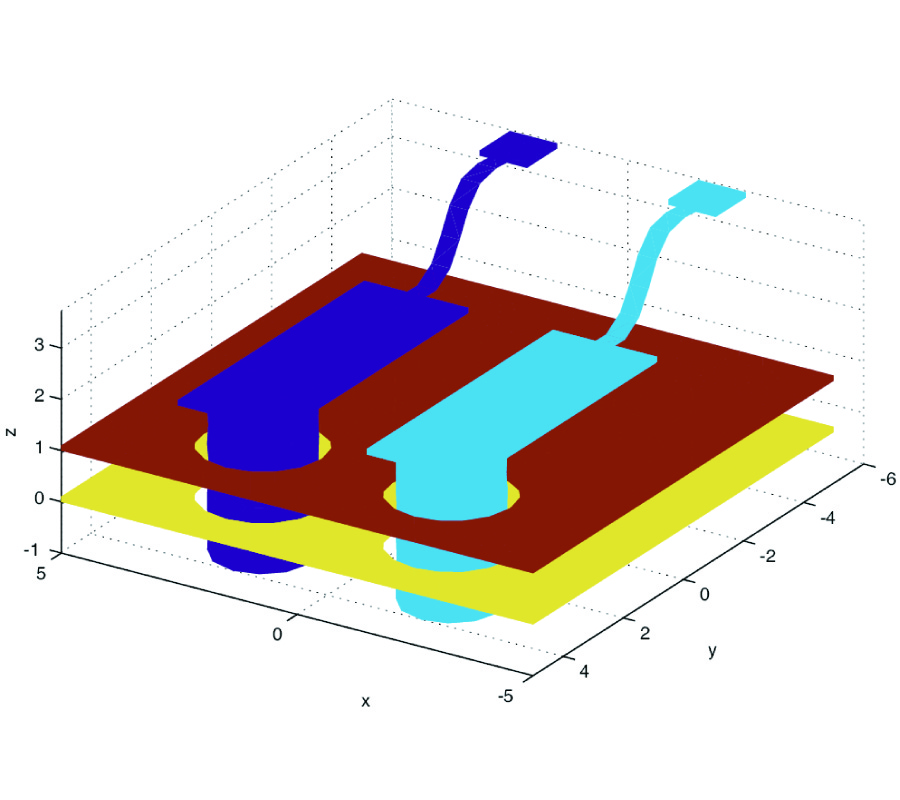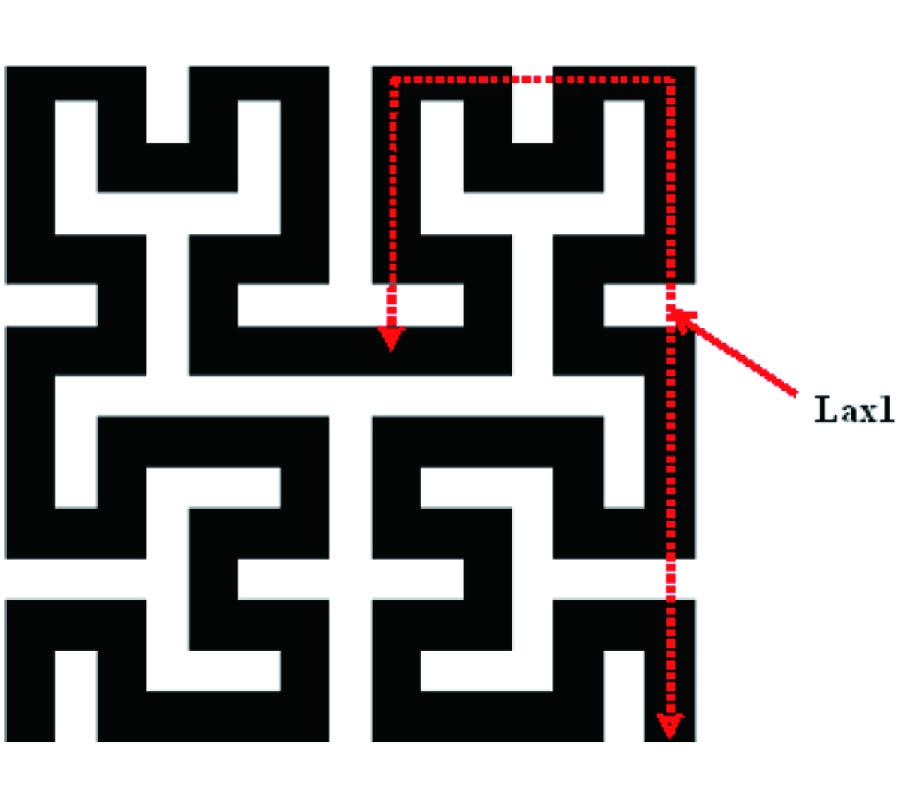Ventilating Hornets Display Differential Body Temperature
Jacob Ishay,
Marian Plotkin,
Natalya Ermakov,
Alon Goren and
David J. Bergman
Our investigation entailed a thermal analysis of hornets engaging in ventilation activity at the nest entrance. In the hot summer months, between July-October, ventilating worker hornets are seen just outside the nest entrance, where they assume a typical stance, namely, with their feet erect and fastened to the substrate, their abdomen bent downward at a 90o angle to the thorax, their antennae vibrating, and their wings beating rapidly for minutes at a time. Eventually these hornets leave their position, either to retreat into the nest or else to fly off to the field, and are replaced by new hornets that assume the ventilation task. Infra-red (IR) photography reveals that in the course of the ventilation activity, the warmest region in the ventilating hornet body is the anterior upper part of the thorax, and the coolest regions are the wings, limbs, antennae and abdomen. This study involved precise and repeated measurements via IR photography of the temperature in the various body parts of the ventilating hornets, and it also offers a preliminary, tentative explanation for the observed differential body temperature. The communication value of the color of the hornet body when ventilating is discussed.
